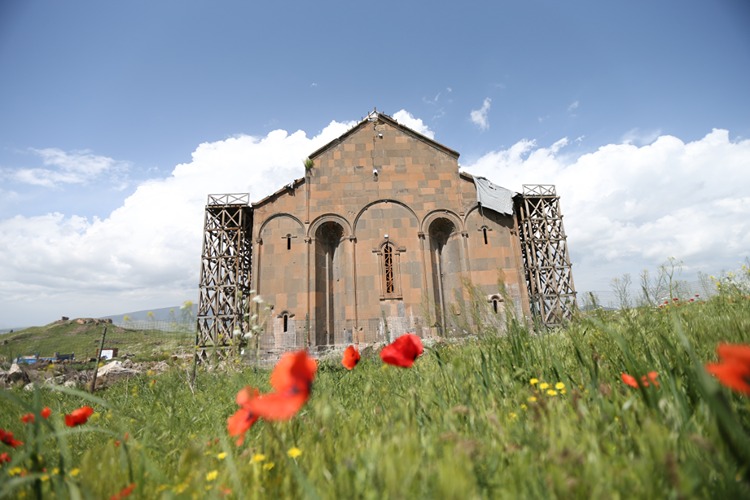
Historic Ani Cathedral Under Restoration: Reopening as a Mosque Under Consideration
One of Kars’ most significant cultural heritage sites, the Ani Cathedral (Surp Asdvadzadzin), is undergoing extensive restoration. Upon completion, authorities are considering opening the historic structure to visitors as a mosque.
Located within the UNESCO World Heritage Site of Ani Archaeological Zone, the cathedral was built in the late 10th century during the rule of the Armenian Bagratid (Pakraduni) dynasty. At the time, Ani was the capital of the kingdom and the cathedral served as its main religious structure. The building’s architect is believed to be Trdat (Dırtad), who is also credited with restoring the dome of Hagia Sophia in Constantinople (Istanbul).
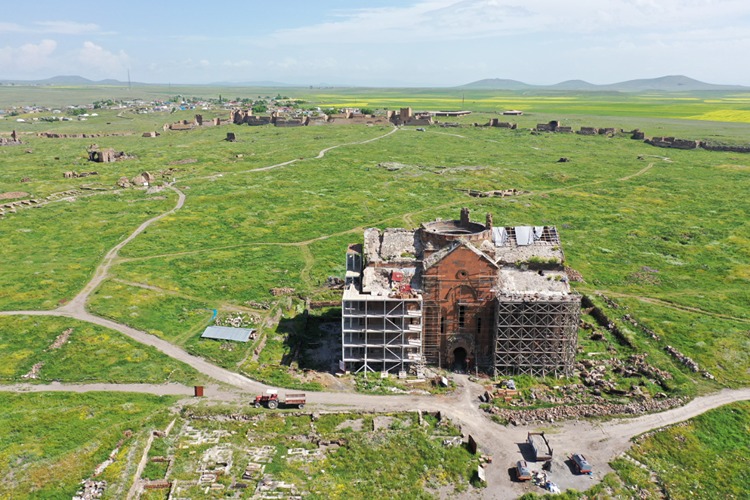
Three-Phase Restoration Project in Progress
According to Assoc. Prof. Dr. Muhammet Arslan, the Head of Excavations at Ani, the restoration is being carried out in three phases under the joint supervision of the Turkish Ministry of Culture and Tourism and the World Monuments Fund.
Speaking to Anadolu Agency, Dr. Arslan stated:
📣 Our WhatsApp channel is now LIVE! Stay up-to-date with the latest news and updates, just click here to follow us on WhatsApp and never miss a thing!!
“Sultan Alp Arslan removed the cross from the cathedral’s dome and replaced it with a golden crescent after the conquest of Ani. The first Friday prayer was reportedly held here. Once the restoration is complete, the building will be reopened to visitors.”
The second phase of the project is expected to be completed this year, with the final phase planned for the coming years.
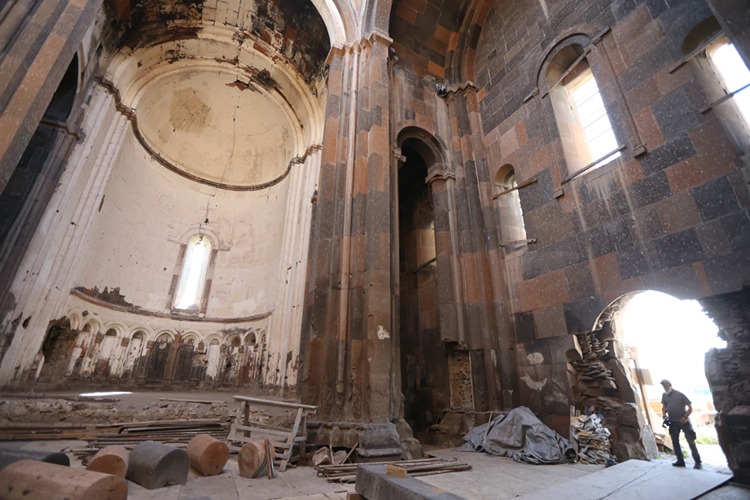
A Monument That Reflects Multiple Civilizations
The Ani Cathedral has served various religious purposes throughout history. Following the Seljuk conquest of Ani in 1064, the building was used as a mosque for a time and became known as the Fethiye Mosque. In 1199, under the Georgian-Armenian Zakarid rule, the structure was once again converted into a church.
In 1319, a major earthquake destroyed the cathedral’s dome, rendering it unusable. Another earthquake in 1988 caused the collapse of its northwest corner, further damaging the structure. Today, it is officially registered as a “cultural asset requiring protection”.
Ani: A Unique Crossroads of Islamic and Christian Architecture
The Ani Archaeological Site features an extraordinary blend of Islamic and Christian heritage. In addition to the Ani Cathedral, visitors can explore:
- Ebu’l Menuçehr Mosque – known as the first Turkish mosque in Anatolia
- Seljuk cemeteries and mausoleums (kümbets)
- Churches from the Christian era, such as the Church of the Redeemer (Amenap’rkitch) and Tigran Honents Church
This rich diversity highlights Ani’s historical significance as a multicultural and multi-religious center.
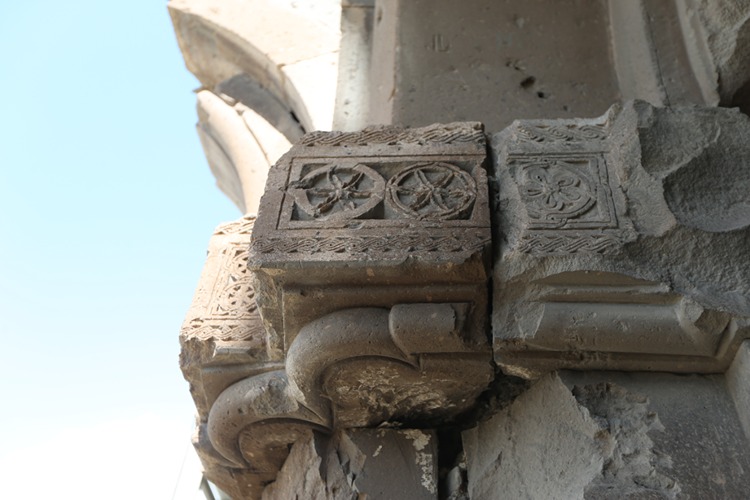
Bringing History to the Digital Age: The Ani Mobile App
Developed under the initiative of Anadolu Kültür, the Ani Mobile App offers users detailed historical and architectural insights into the Ani site. According to the app, the cathedral was temporarily used as a mosque after the Seljuk conquest and later reverted to a church.
Ani Cathedral or Fethiye Mosque? Naming Reflects Ongoing Discussion
While some local media reports refer to the structure as having been “converted into a mosque”, the Turkish Ministry of Culture and Tourism continues to refer to it officially as the “Ani Cathedral” in the “ongoing projects” section of its website. This reflects the nuanced and multifaceted identity of the structure across centuries.
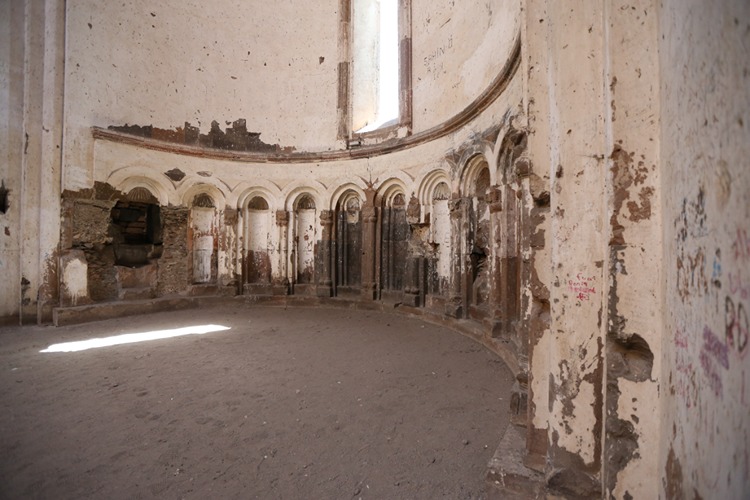
Conclusion: A Multilayered Heritage Requires Sensitive Stewardship
Historical monuments like the Ani Cathedral carry complex and layered identities, reflecting the interactions of multiple civilizations, faiths, and historical narratives. The ongoing restoration and the building’s future use raise important questions about how such shared heritage should be preserved and interpreted in the present day.
Cover Image Credit: Cüneyt Çelik/AA
You may also like
- A 1700-year-old statue of Pan unearthed during the excavations at Polyeuktos in İstanbul
- The granary was found in the ancient city of Sebaste, founded by the first Roman emperor Augustus
- Donalar Kale Kapı Rock Tomb or Donalar Rock Tomb
- Theater emerges as works continue in ancient city of Perinthos
- Urartian King Argishti’s bronze shield revealed the name of an unknown country
- The religious center of Lycia, the ancient city of Letoon
- Who were the Luwians?
- A new study brings a fresh perspective on the Anatolian origin of the Indo-European languages
- Perhaps the oldest thermal treatment center in the world, which has been in continuous use for 2000 years -Basilica Therma Roman Bath or King’s Daughter-
- The largest synagogue of the ancient world, located in the ancient city of Sardis, is being restored

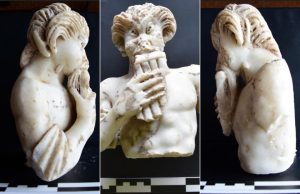
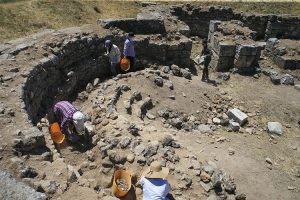
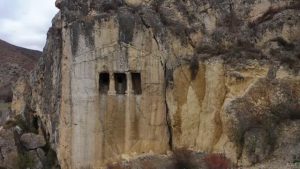
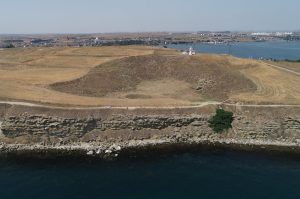
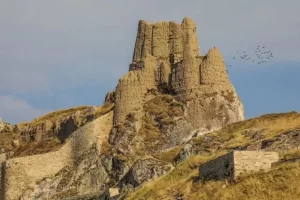
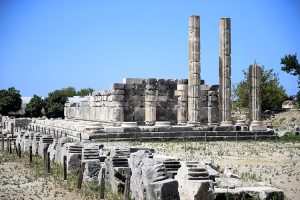
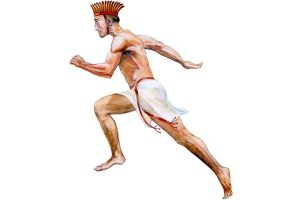

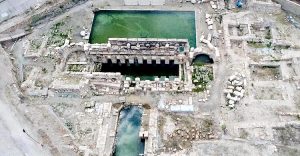
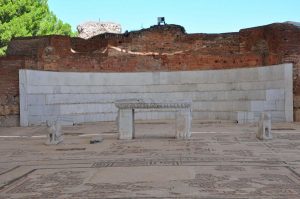
Leave a Reply